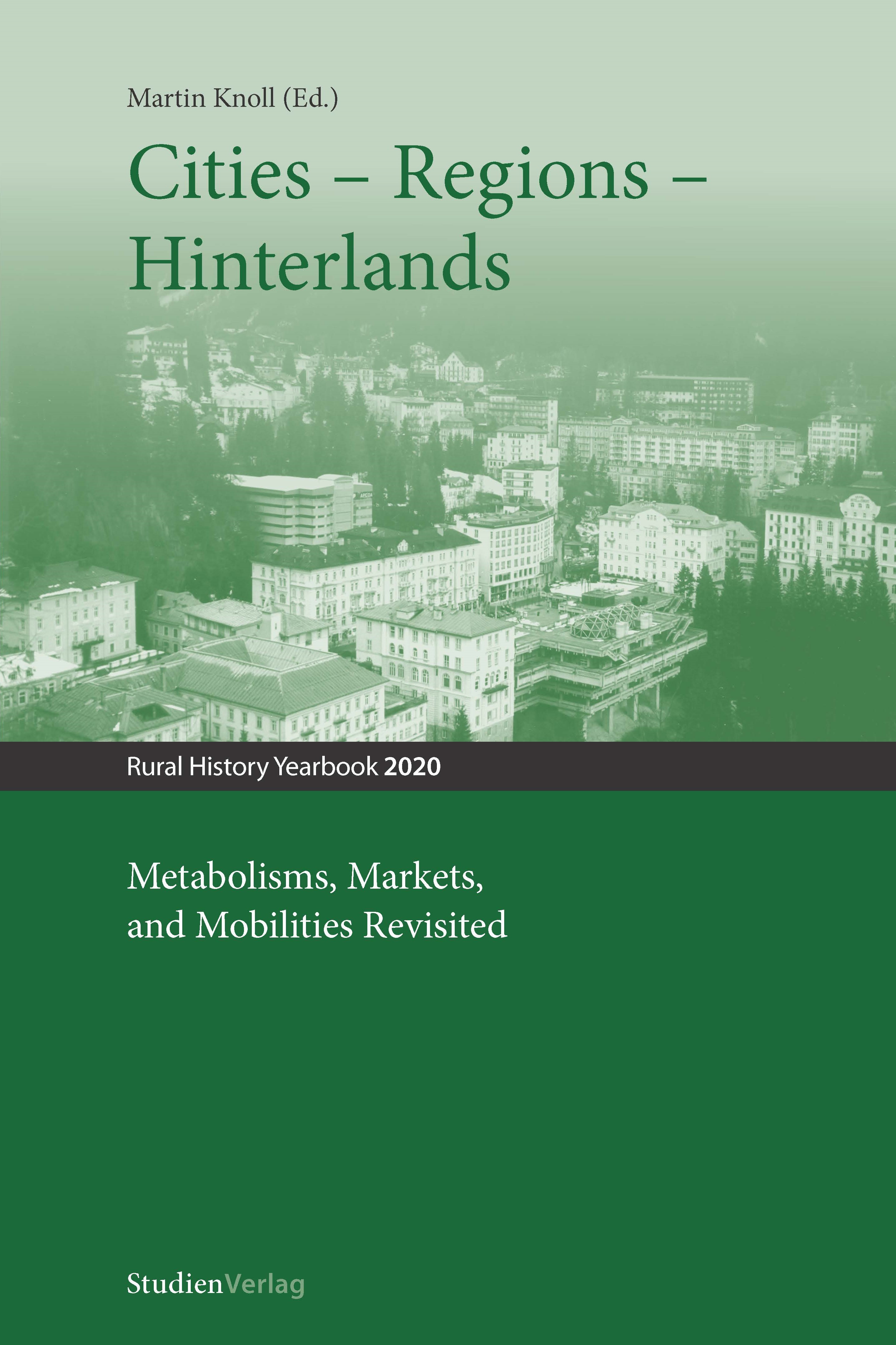The Hinterland on Display
Establishing a Market for Rural Handicraft in Austria-Hungary
DOI:
https://doi.org/10.25365/rhy-2020-5Keywords:
regional development, crafts, manual labour, vocational education, exhibitionAbstract
In the late nineteenth century, mechanical production and the import of agricultural goods at lower prices challenged the working patterns of rural residents who engaged in home industry alongside farming. Handicrafts including textile manufacturing, woodworking, and ceramics were gradually replaced by cheaper and faster production in factories. At the same time, this development created new possibilities of selling goods from peripheral regions to an ever-expanding market. Against this background, state institutions, public associations, and entrepreneurs sought to har- ness artisanship as a resource in regional economic development. This article discusses strategies for establishing a market for rural handicraft in the Habsburg Empire. The Austro-Hungarian state founded vocational schools and crafts were promoted in publications as well as through their display. The analysis focuses on the role of woodworking (carving, cabinetmaking, turning) in regional economies in the Galician Tatra Mountains and Moravian Wallachia between 1867 and 1914. Based on source material from schools, local museums, alpine clubs, regional exhibitions, and state authorities, this article highlights initiatives seeking to enhance the value of handicraft and thus to integrate the hinterland into the market economy beyond the agricultural sector.


